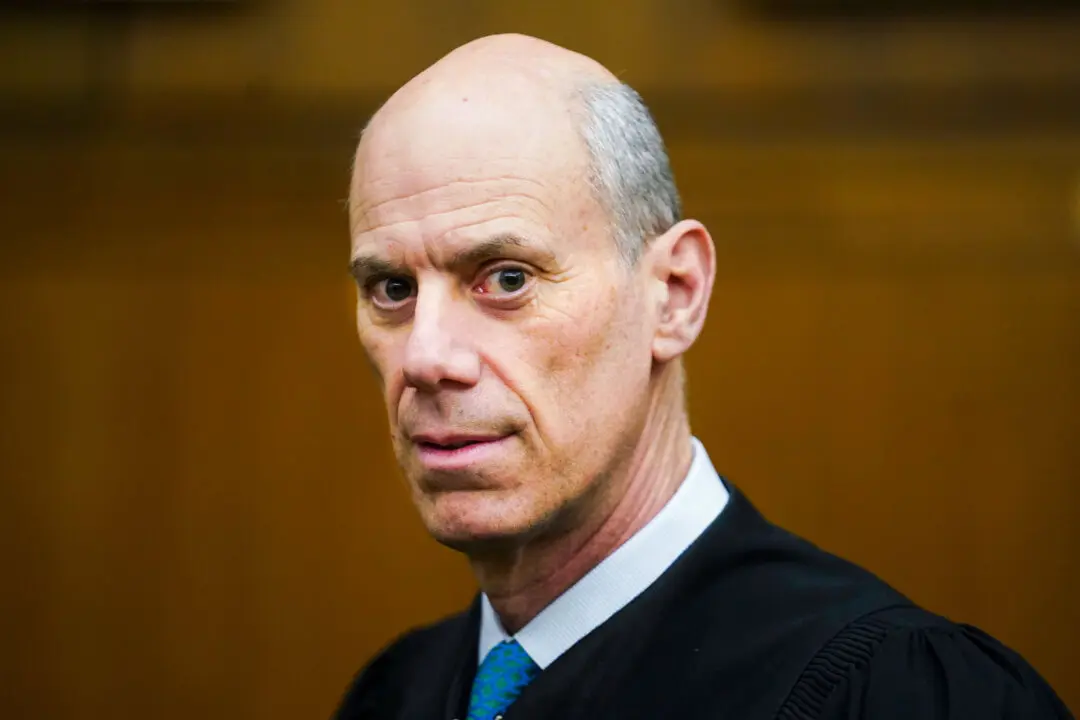By the end of June, the Supreme Court is expected to release a long list of decisions that could significantly alter precedent on several hot-button issues.
With just a few weeks left in the term, the court’s calendar has marked two days for potential opinion releases. So far this term, the justices have released 32 opinions, or a little more than half of the 61 oral arguments they heard this term. The court has tended this term not to release more than three opinions on a given day.
It could extend the term into July or add scheduled dates to release opinions in June as it did on June 10. Heritage Foundation Vice President John Malcolm doubts the justices will extend the term into the next month.
“I assume they will just add opinion days, which is actually quite common,” he told The Epoch Times via email.
The justices’ opinions are expected to affect the presidential race, government policy, and Americans’ personal decisions. During the 2023–2024 term, justices heard cases on the abortion pill, social media, Second Amendment rights, environmental policy, and administrative power.
Jan. 6 and Presidential Power
The court’s opinion in Trump v. United States may be the most anticipated ruling this term, as it could weaken special counsel Jack Smith’s prosecution against former President Donald Trump in Washington. Experts have speculated to The Epoch Times that the court will widen the scope of immunity that presidents enjoy while remanding the case to the district court to make changes based on the ruling.If it does, the trial likely wouldn’t start until after the election and could extend beyond former President Trump’s would-be inauguration if he wins re-election, raising the possibility his Justice Department would simply drop the prosecution.
A related case—Fischer v. United States—involves the Justice Department’s use of a financial reform law to prosecute individuals who took part in the events at the U.S. Capitol on Jan. 6, 2021. The Supreme Court is deciding the law’s application for a handful of defendants in Fischer, but its decision could affect hundreds of other defendants, including former President Trump, whose Washington indictment utilizes that same law.
Administrative Power
The justices decided to take on several big cases this term that could narrow the scope of regulators’ power.For decades, courts have handled legal challenges to regulation with a level of deference toward how bureaucrats interpret their authority under laws passed by Congress.
This doctrine, known as Chevron deference, and its associated decision, have been used in thousands of cases since the 1980s. Two cases—Loper Bright Enterprises v. Raimondo and Relentless Inc. v. Department of Commerce—are attempting to rein it in.
Based on oral arguments in January, it seemed plausible that a majority would either overturn the doctrine or substantially narrow it.
The court, which has a 6–3 conservative majority, has already indicated it wouldn’t take a purely anti-regulatory stance in these types of cases. Released in May, its decision in Consumer Financial Protection Bureau v. Community Financial Services Association of America showed Justice Clarence Thomas, one of the most conservative members of the court, upholding a controversial funding mechanism for the financial regulator.
Abortion
Two years after the Supreme Court overturned Roe v. Wade, the justices continue to hear consequential cases on abortion. The decision in Dobbs v. Jackson Women’s Health Organization returned the authority to regulate abortion to the states, leading to varying state-by-state laws and greater interest in out-of-state options, such as obtaining the abortion pill via mail.The Food and Drug Administration (FDA) deregulated the abortion pill by removing the requirement that it be dispensed in-person. A group of doctors sued and eventually reached the Supreme Court, arguing that the FDA’s deregulation was unlawful and irresponsible. Two cases—Food and Drug Administration (FDA) v. Alliance for Hippocratic Medicine (AHM) and Danco Laboratories LLC v. AHM—were consolidated for oral argument in March.
During oral argument, the federal government focused heavily on the theory that the doctors lacked standing, or a legal ground for challenging the FDA’s decision. The opinion in this case will likely show the justices touching on theories of standing in addition to or instead of the legitimacy of the FDA’s decision.
Social Media
A host of social media cases this term have offered an opportunity for the court to clarify legal boundaries on its use. In March, the court held in Lindke v. Freed and O'Connor-Ratcliffe that public officials could block individuals on social media under certain circumstances.The court is still expected to release opinions in a set of cases involving state restrictions on social media content moderation (Moody v. NetChoice LLC and NetChoice LLC v. Paxton). At stake is the right of individual Americans to freely express themselves online and the right of social media platforms to make editorial decisions about the content they host.
Gun Rights
In the 2023–2024 term, the justices heard three major cases related to gun rights, with two focusing more specifically on the use of firearms. An opinion on May 30 showed the court unanimously ruling in favor of the National Rifle Association as it sought to advance in a lower court with claims that New York state violated the First Amendment by pressuring insurance companies to cut ties with the gun rights organization.U.S. v. Rahimi, which was heard by the court in October, 2023, has yet to be released. That case questioned whether a federal law violated the Second Amendment by prohibiting firearm possession by individuals who broke domestic violence-related restraining orders. Zackey Rahimi, who was under such an order, was able to get his conviction reversed in the U.S. Court of Appeals for the Fifth Circuit after another Supreme Court decision in New York State Rifle & Pistol Association v. Bruen. In that case, the Supreme Court held that gun regulations should be consistent with the country’s historical tradition.
Cargill v. Garland, meanwhile, focused on whether former President Trump’s administration misinterpreted federal law when it enhanced regulation of bump stocks after the 2017 mass shooting in Las Vegas. Unlike other gun rights cases, the attorneys in this case didn’t speak much about the Second Amendment. Rather, they argued over whether the phrases “automatically” and “single function of the trigger” within federal law apply to bump stocks.







